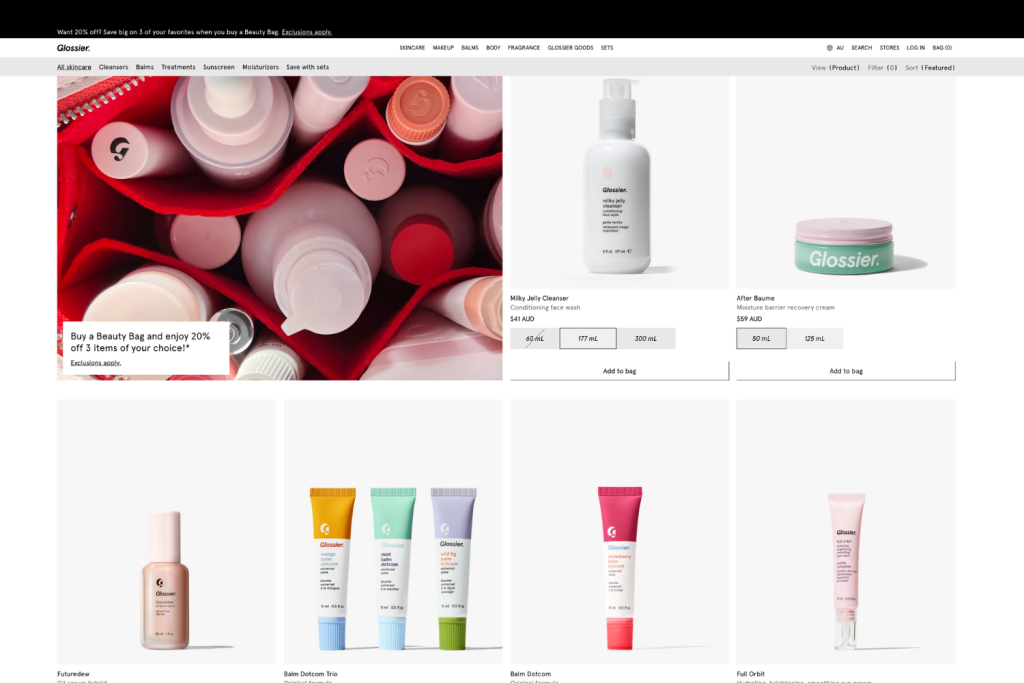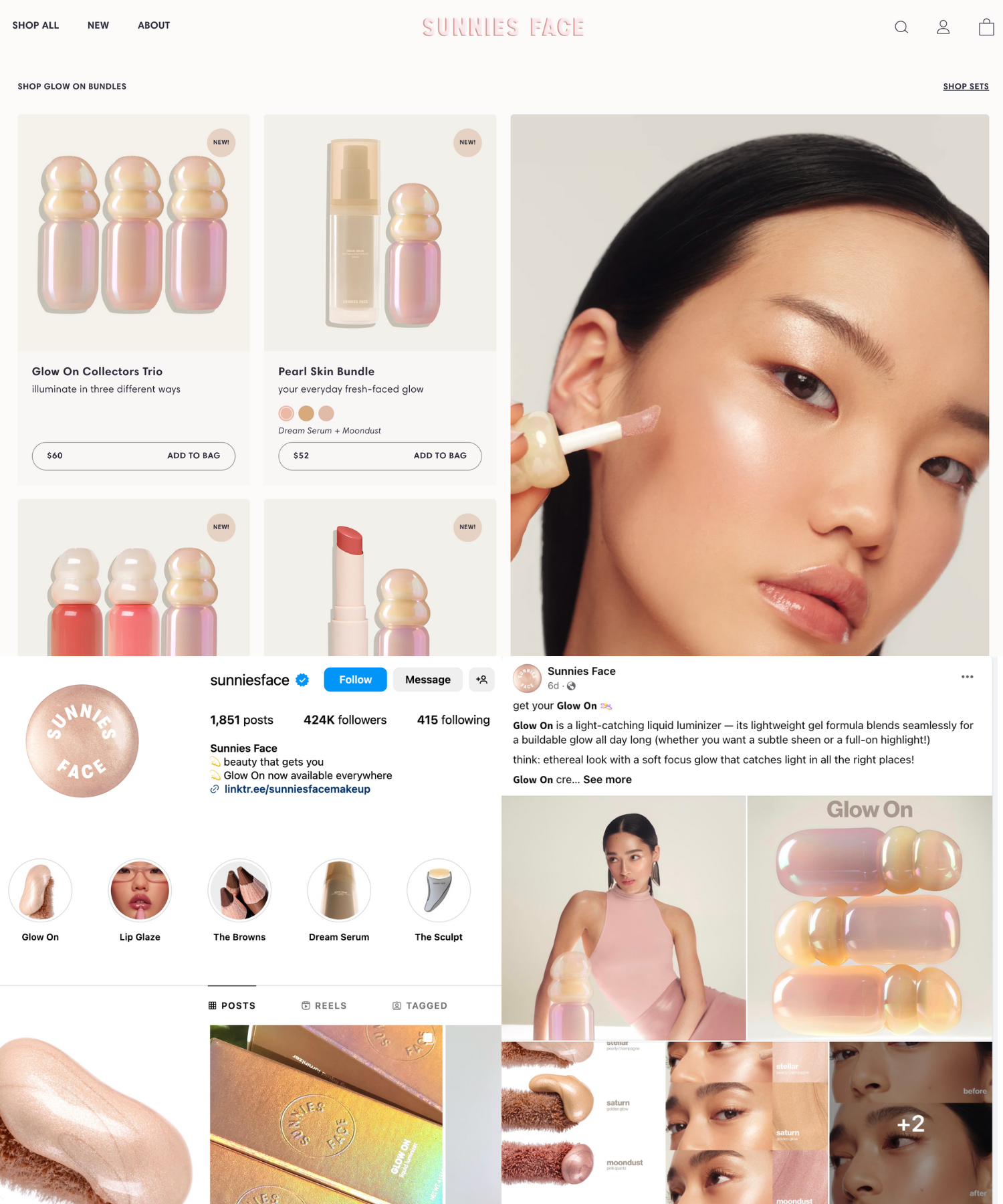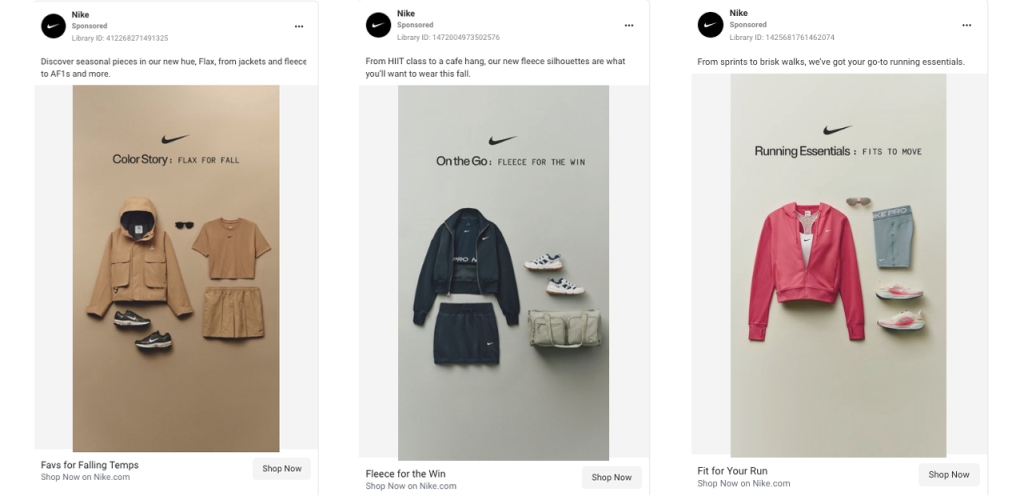A consistent photography style guide can make or break your ecommerce brand. Your online store’s photos are crucial as they are the first thing potential buyers see when they visit your site. Your photos will set, tell, and convey your brand identity. This is why having a unified visual identity is critical to your online store. It signals reliability, trustworthiness, and professionalism, ultimately making your potential buyers feel more confident about buying from your store.
In this blog, we’ll explore everything you need to know about creating a photography style guide to capture your ecommerce branding. Whether it’s about choosing lighting, color tones, or even using it on different platforms, we’ll cover everything you need to know. You’ll learn how to master ecommerce branding with solid visual consistency.
Understanding Ecommerce Branding
Ecommerce branding is more than just creating a tagline or logo for your business. It’s also not just about the colors or fonts you use on your website. On the contrary, ecommerce branding relates to your business identity in the mind of your customers. It’s all about conveying to your target market what your business is about through different elements in your online store (and other platforms you’re in).
Defining Your Brand Identity
Because ecommerce branding is all about your business identity, you need to define your brand identity based on your business’s core values, mission, and vision. What unique value do you offer? What does your brand store for?
It’s essential that you craft a very clear mission statement that reflects your business’ purpose and goals. For example, a sustainable fashion brand might aim to provide stylish, eco-friendly clothing. Your vision should depict your brand’s future success. Creating this foundation is critical if you want a cohesive brand identity that will guide all your branding efforts.
Visual Elements of Branding
Visual elements go hand in hand with your brand identity. Identifying and building a visual element guide for your business will help you craft recognizable and long-lasting ecommerce branding.
Think of Tiffany. The moment you hear this brand, you already know that specific bluish color unique to their brand, right? That’s how crucial strong branding is to any business. When done right, it not only conveys your brand but helps leave a lasting impression on everyone.

Here is a quick start guide on defining your brand’s visual elements:
- Logos: Your logo should be distinctive and aligned with your brand values. Consider hiring professional logo designers.
- Color Palette: Reflect the emotions you want to evoke.
- Shade of Blue: Conveys trust and reliability.
- Vibrant colors (red, orange): Signal excitement and urgency.
- Consistent color tones reinforce brand identity across your website, social media, and packaging.
- Typography: Match fonts to your brand’s personality and ensure readability.
- Sans-serif fonts: Ideal for tech brands.
- Serif fonts: Suitable for luxury brands.
When you combine all these elements, you’re creating a trustworthy brand. This helps people remember your brand and what makes it stand out from your competitors. Whether you’re getting ready for a photo shoot or updating your website, sticking to the brand guidelines keeps your brand looking consistent and strong.
Establishing a Consistent Photography Style
Ecommerce branding covers multiple aspects such as colors, your copy tone, font style, etc. But, one of the most critical aspects of your business’s brand identity is your photography style. As we said, your photos are one of the most common visual elements you’ll find on any ecommerce site.
Here’s how you create a consistent photography style guide that will ensure your product photos are instantly recognizable.
Developing a Photography Style Guide
Your brand’s photo style guide is a comprehensive reference for anyone involved in your photography efforts. It incorporates your brand guidelines and ensures consistency in all the images you’ll use for your business.
Here’s how to create a consistent photography style guide for your online business:
- Define Your Style: Identify the color tones, lighting, and depth of field that best represent your brand. Make sure that you still use your ecommerce branding when defining your photography style.
- Create a Style Guide Template: Document these elements in a photography style guide template. Include specific instructions on lighting setups, preferred backgrounds, and focal lengths. If possible, you should also have an image template so it’ll be easier for you to handle the post-processing of your photos.
- Example Photos: Include sample photos that exemplify your desired photography style. These can serve as visual benchmarks for future photo shoots.
Key Elements of a Consistent Style
Since the goal is creating and maintaining a consistent photography style, make sure you include the following elements in your photo style guide:=
- Lighting: Decide between natural lighting and artificial light. Consistent lighting helps create a uniform look across your photos. While most people will advise using natural lighting, this isn’t always ideal, depending on your products. So, base your decision on scalability and whether you can handle that type of lighting for future photoshoots.
- Backgrounds: Use consistent backgrounds that complement your products and your brand. Remember Tiffany? If you’re photography product photos to be used on your product listing, the trick here is using a plain white background during photoshoots. Then, just change the background during post processing to match your brand. This will ensure that your photos will still show the true colors of your products.
- Angles: Specify the angles that best showcase your products. Consistent angles help maintain a cohesive look. For instance, furniture products are normally taken from multiple angles to help their buyers make decisions faster.
- Editing: Establish guidelines for editing images, ensuring that the final edited image aligns with your brand’s aesthetic.
Tools for Maintaining Consistency
To help keep your photography style uniform, consider using these tools and resources:
- Photo Editing Software: Programs like Adobe Lightroom and Photoshop allow you to create and apply consistent presets, ensuring uniform color tones and styles.
- Style Guide Templates: Utilize style guide templates that can be shared with your professional photographers and photography clients.
- Session Styling: Hire a stylist or use a session styling guide to ensure your products are presented consistently during photo sessions.
- Photography Guide: Develop a photography guide for your team, detailing every step from photo shoot setup to editing.
Applying Consistent Photography Across Platforms
At this point, your photos should be using the photography style guide. But since the goal is to ensure consistency and unified ecommerce branding for your business, you also need to ensure that your visual identity is conveyed cohesively across different platforms. This is the fastest and easiest way to strengthen your brand identity. Your goal is to have anyone and everyone recognize your brand right away wherever they see it.
Ecommerce Product Listings
Consistency in product listings on your website is crucial for a professional and trustworthy appearance. Here are some tips on how to achieve this:
- Editing Guidelines: Establish guidelines for editing images, ensuring that color tones and lighting are consistent across all photos. This might include using the same filters or presets.
- Uniform Backgrounds: Choose a consistent background color and texture. A shade of blue, for example, can create a calming effect and make your products pop.
- Number of images: Make sure that you use the same number of images across your product listings. This is especially important if your products require multiple angles.
- Angles and Focal Length: Use the same angles and focal lengths for similar products. This helps customers compare items easily and gives a cohesive appearance to your listings.
- Pixc: Visual Merchandising App: This Shopify app helps you organize and display your products beautifully, maintaining a cohesive look across your ecommerce store.
Marketing Materials
Your ecommerce branding should also be consistent across your marketing campaigns and ads. Doing this reinforces your brand’s visual identity and makes your content more recognizable.
- Social Media: Apply your photography style guide to all your social media images. Use the same color palette and typography as your website to create a seamless experience.

- Email Campaigns: Incorporate your brand’s photography style into your email newsletters and promotional emails. Consistent visuals help promote your brand and increase brand recognition.
- Advertising: Use consistent photography across all your ads, whether online or offline. This includes using the same lighting, backgrounds, and editing styles to ensure your ads are instantly recognizable.

- Printed Materials: Ensure that your printed marketing materials, such as brochures and flyers, reflect your brand photography style. This consistency reinforces your brand’s visual identity across all mediums.
Applying these strategies allows you to create a unified and compelling brand identity that stands out across all platforms. Consistent visuals build trust and make your ecommerce business more memorable, helping to attract and retain customers.
Integrating Photography into Social Media Strategies
High-quality photography enhances your social media presence, helping you build a cohesive and compelling visual identity.
Consistent Imagery Across Platforms
Maintaining visual consistency reinforces your brand identity:
- Unified Aesthetic: Use the same color palette, color tones, focal lengths, and lighting setups across all platforms.
- Style Guide: Develop a photography style guide to align all visuals with your brand guidelines, specific to your social media platforms.
Engaging with User-Generated Content
User-generated content builds community and authenticity:
- Encourage Sharing: Motivate customers to share their experiences and feature their photos on your social media.
- Highlight and Engage: Regularly feature user-generated content to provide fresh, relatable visuals.
Influencer Collaborations
Collaborating with influencers amplifies your brand’s reach:
- Find the Right Influencers: Choose influencers whose style and values align with your brand identity.
- Consistent Messaging: Provide influencers with your brand photography guidelines for consistent visual identity.
- Authentic Engagement: Encourage genuine endorsements to enhance your brand reputation.
Using high-quality photography in your social media strategy creates a cohesive visual narrative that strengthens your brand and engages your audience, enhancing your ecommerce brand strategy.
Final Thoughts
A consistent photography style guide is key to building strong ecommerce branding. By following a well-defined photography style guide, you’re not only enhancing your business’ visual appeal but also building customer trust. Just imagine having anyone recognize your brand just by seeing a photo. That’s how strong your brand is when done right. Your customers will easily remember and identify your business just by seeing your photos.
Remember, your ecommerce branding should directly reflect your business identity. It should tell your business’ story, mission, vision, and values. Follow all the tips we discussed here to ensure brand consistency across all platforms.








